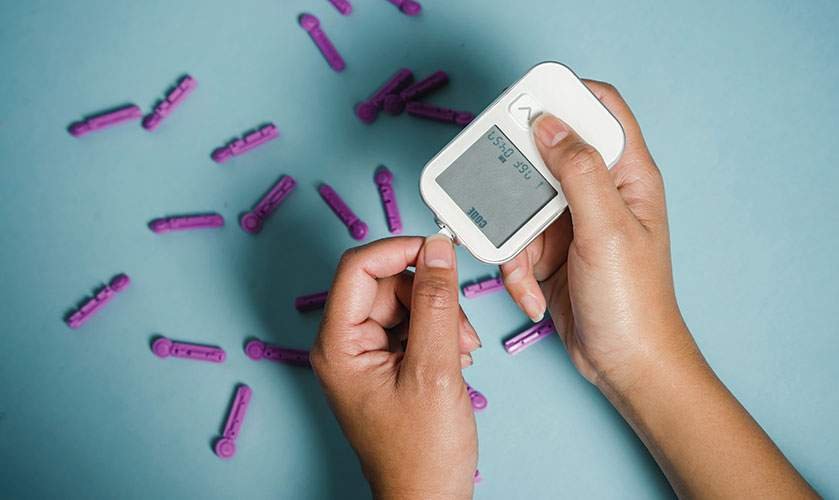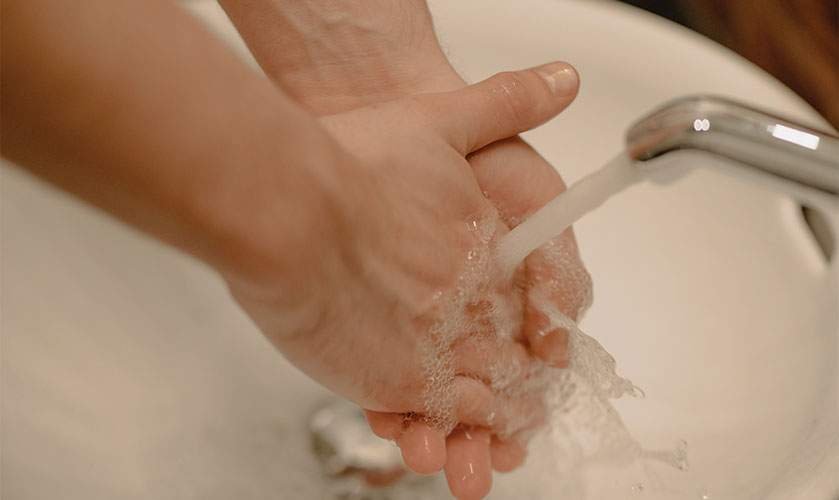Bruised Fingers
Regular blood sugar level monitoring is crucial for diabetes management, however, sometimes your fingers can get bruised and sore. Appropriate use of fingersticks helps in providing more accurate readings, reduces the time spent on repeated blood glucose checking.
By adopting these 6 tips, the black and blue fingers can be prevented:
1. Timely change your lancet

Lancets can become dull over time, though, people reuse them often. The old lancet might cause pain. Thus, lancets should be changed with each fingerstick to ensure they are clean and sharp. A diabetic patient should carry extra lancets and should never share their lancets with someone else. Prefer the lowest setting on the device that obtains enough amount of blood, although some experimentation may suggest which setting is best for you. The patient has a choice to experiment to find out the right lancet or lancing device.
2. Wash your hands before testing

Wash your hands before testing blood glucose. Sanitisers and alcohol should be avoided while testing, as they tighten the skin and makes it difficult to obtain blood. Also, if alcohol doesn’t dry completely, it may not allow accurate readings. Hence, using a hand wash or soap is a better option, and using warm soapy water will bring the blood on the surface of your fingers and the dirt will not enter the skin and the food residue left after your last meal will also be removed. If the left food mixes with blood, it can increase BG reading.
3. Prick blood from the tip

Choose either the sides or tip of the finger to take a blood glucose reading, as the sides of the fingers are less thick and hurt less while pricking. The blood vessels are present close to the sides of the fingers. Hence, the person doesn’t need to prick as deeply to take the blood required for BG reading.
4. Prepare your pricking site

To bring more blood to the surface of your fingertips, rub on the pricking site on your finger until it gets warm, and your arms should hang at the side of your body for a minute. It helps in bringing blood to your fingertips. The person should not squeeze the finger if feels trouble getting enough blood, as squeezing may cause more pain and incorrect BG reading. Hanging hands below the waist for 10 seconds help in getting blood at the surface. This method of blood pricking can be very effective in people who need to check BG often.
5. Switch sites

It’s important to switch the lancing sites and not put the burden on a single site. Change the site and use all the available sides of the finger. However, it is hard to remember which site you used last time, which can be managed by allotting a finger to each day of the week. In simple words, the patient can use one side of the finger in the morning to afternoon, and another side of the finger from evening to night time.
6. Stop the blood flow

After pricking the finger, press the finger at the pricking site using a cotton ball for about 30 seconds and hold your hand above the heart until the blood clots. If someone doesn’t do this and immediately get into something else, dirt may come into the pricking site and may cause infection. If the bleeding doesn’t stop the person should use a band-aid to stop bleeding and protect the site from infection.
Frequent BG checking might cause bruised fingers and if it stays persistently, the person should talk to their doctor or healthcare provider and should ask about the solution.